ARMY-2016. Cluster VCS. Part of 1. Optimistic surprise
I decided to start a story about what I saw on the ARMY-2016 forum with a new cluster, which seems to be dedicated to our Air and Space Forces. Why, it seems, it will become clear from the photo essay. There will be a lot of photos, so it is worth patience and overpowering all the material, it's worth it.
So, go for a walk and evaluate.
Cluster VKS made outside the main part of the park "Patriot", opposite the military-historical cluster.
It looks like the entrance to the exhibition.
And this building is located opposite, in a field intended specifically for militaryhistorical reconstructions.
There is also a train station that follows one route: to tank Museum of Kubinka.
After passing through the entrance, we get to an external exhibition aviation technicians. There were many conflicting rumors about this exhibition. Say, the exhibition of the Air Force Museum in Monino will be sacrificed to the exhibition in the Patriot Park.
I think that these rumors will remain rumors. Just because it is simply unrealistic to place the Monino exposition on the territory of the VKS cluster. The creators of this exhibition set the technique in such a way that each exhibit can be approached and touched. And take a picture from any side. Those who have been to the Monino Museum will understand me. The crowding of the exhibits of the Air Force Museum was a great inconvenience for fans of shooting. Worse, probably, only the museum of tanks in Kubinka, but about it a bit later.
And, by the way, the exhibits of this exhibition are clearly not from Monino. Some still smell of kerosene. Apparently, they were collected by airfields and flight units. Scored while a little, but apparently so far.
In general, the main impression of the exhibition: "We did not have time." This is striking, but I think they will bring it to mind.
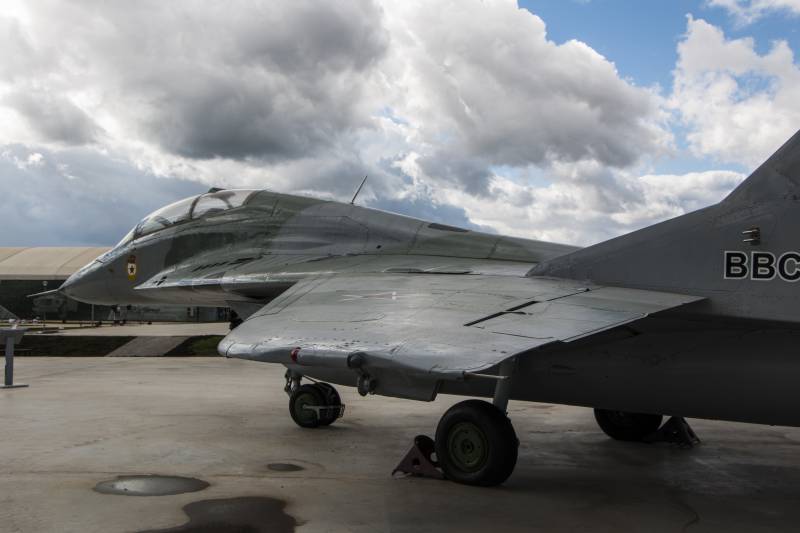
MiG-XNUMHUB.
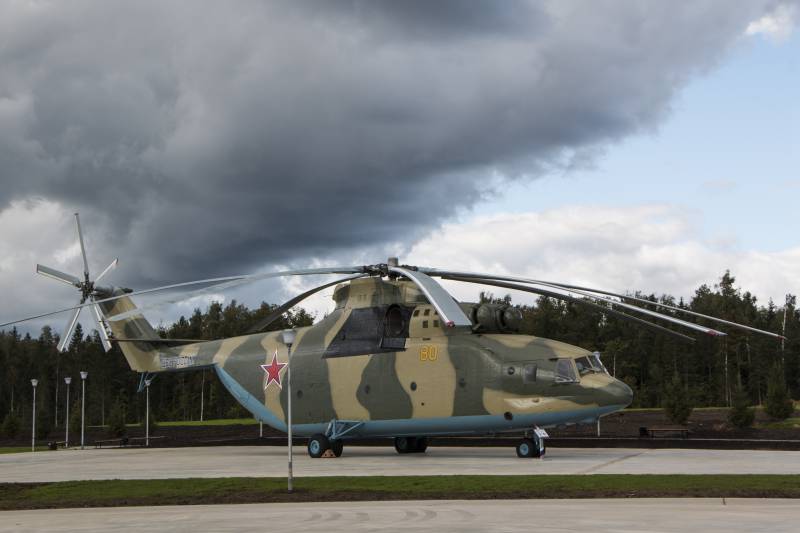
Mi-xnumx. In Monino, you can't take it so calmly, but here you are.
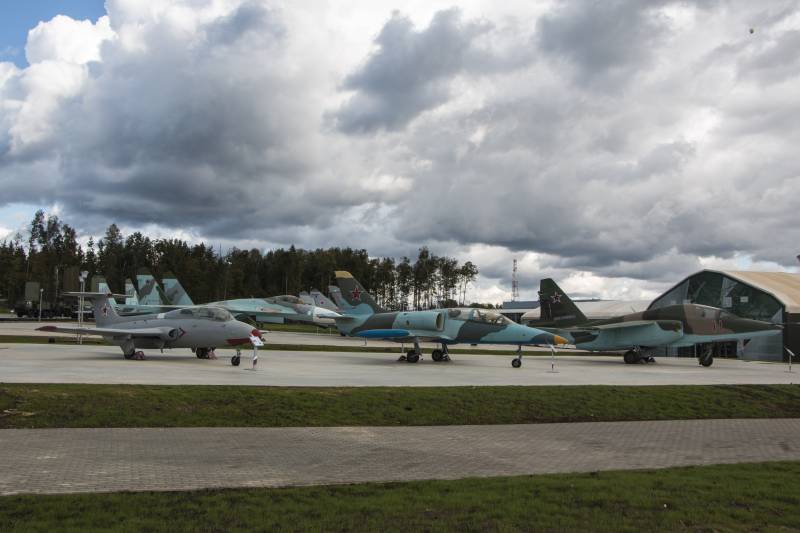
Learning wing.
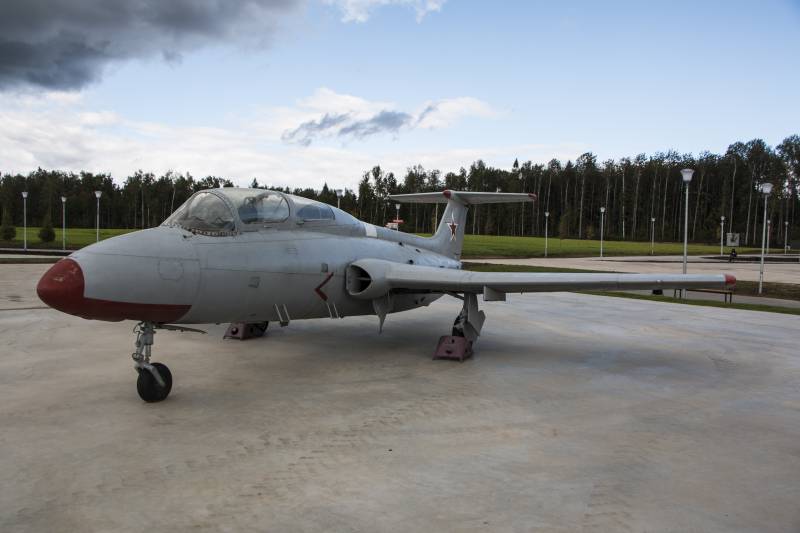
L-xnumx. An ancient thing. But he was a reliable teacher for many pilots.
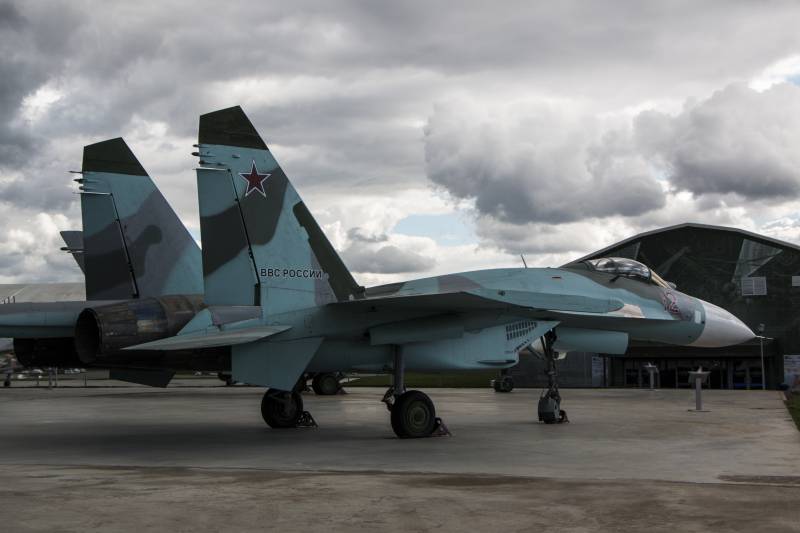
Su-27.
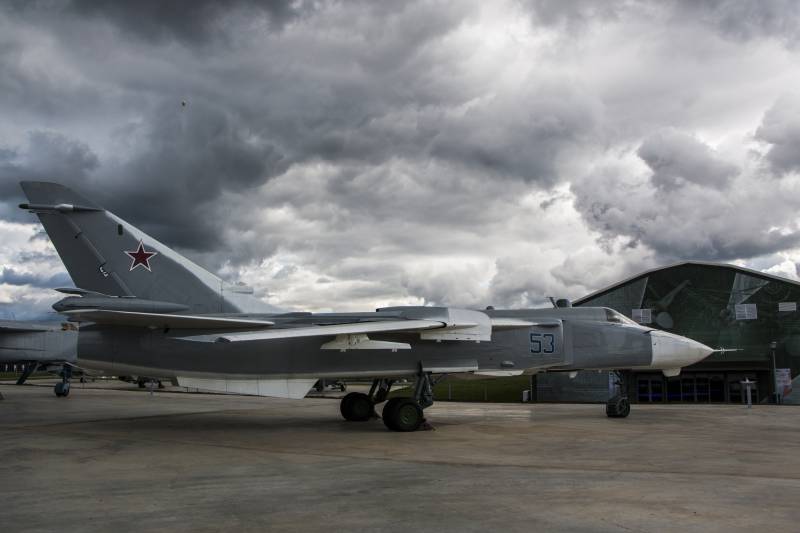
Su-24
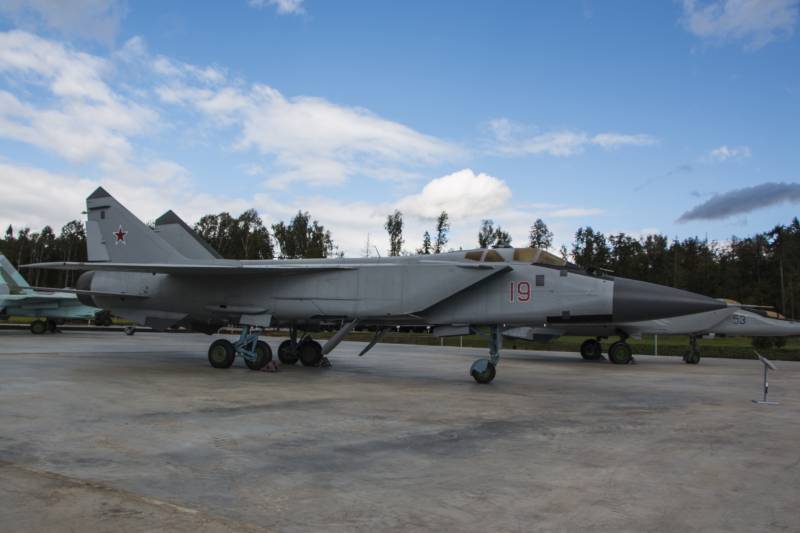
MiG-31
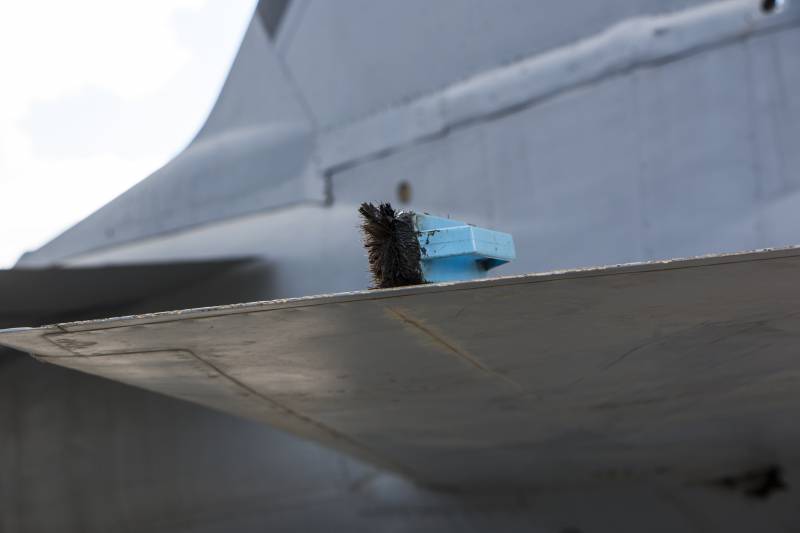
Well, this is the question "did not have time."
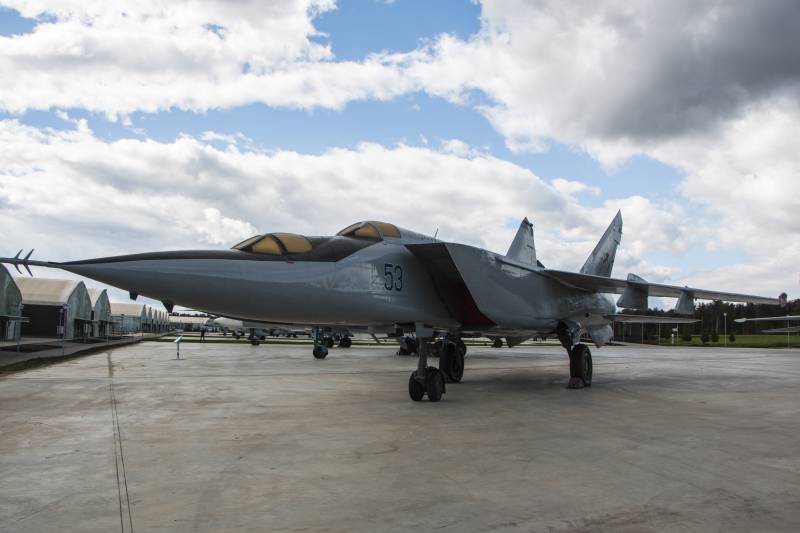
MiG-25U. In Monino, by the way, I do not remember this.
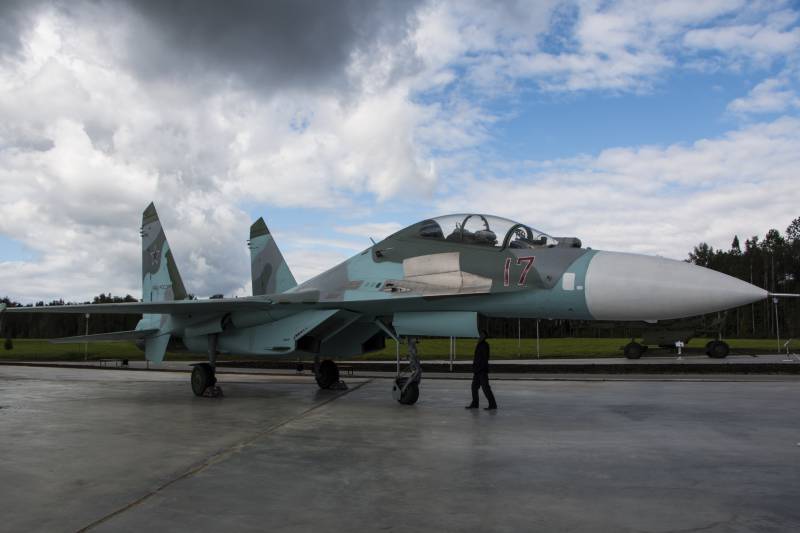
Su-XNumhub.
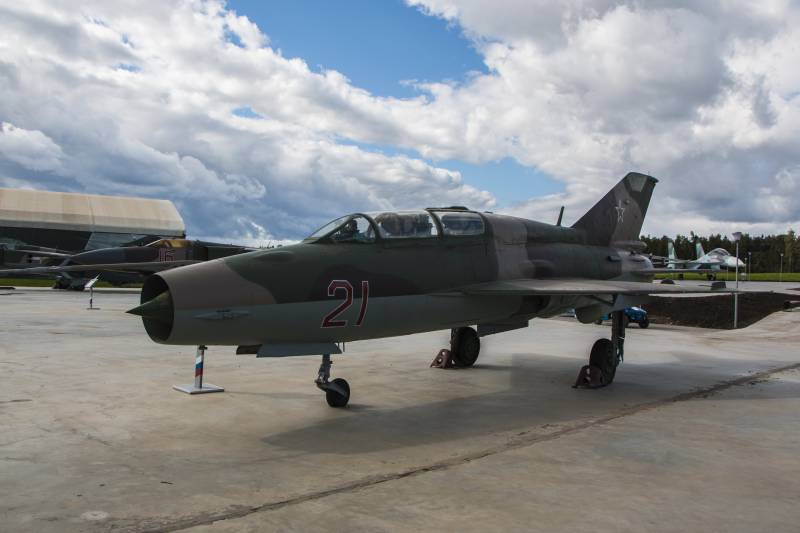
MiG-21UM. Also "teacher".
In general, the exhibition of airplanes and helicopters is devoted mainly to those devices that, if they do not serve today in the sky, then they did it recently. And concern for the Air Force Museum somehow receded a little. Indeed, here is a slightly different part of the story.
Benches amused.
Further, in the corner - a platform dedicated to air defense. Air defense, of course, has a certain relationship to the VKS, although it’s still a stretch.
C-400. Well, hello, Air Force potential partner, what can I say ...
"Clear Sky" is like this ...
"Caste". Or radar 35H6. Station to work on the detection of all flying at low and very low altitudes. Including the "stealth".
35D6 radar. "Workhorse" Army Air Defense.
C-25. A veteran of the Soviet Air Defense ...
C-125. Also a veteran, who is remembered by many "partners."
C-200.
TZM 5Т92 from the complex "Amur". Amur is the anti-missile shield of our air defense system. In this container, items such as 51Т6 (high-speed long-range intercept missile) and 53Т6 (near) can be delivered and loaded into the mine. According to experts, the anti-missiles of the Amur complex have no analogues in the world, and are the best to date. Those who wanted to check, however, have not yet found. The complex is in service with 1995 year.
But then miracles begin that have nothing to do with the videoconferencing system.
The site (not ready yet) with the equipment is not an aerodrome or space destination. There are three such, and why they are there, it is difficult to say yet.
But the most interesting thing next. And then we have ... nautical theme. I cannot say how it is sideways to the videoconferencing system, but here it is.
Shipborne launcher KT-216. Designed to shoot the charges of the complex electronic interference PC-10.
ZIF-121, another gun, shooting interference.
AK-630. This is an anti-aircraft gun.
AK-230. Also anti-aircraft gun, but older.
2M-3M. 25-mm art.
Well, interference can be delivered to rockets and airplanes. From the guns you can reason with both the plane and the helicopter. But further ...
OTA-40. Torpedo machine. No comments at all.
Torpedo 53-65K with an oxygen engine. This is not the one that was on the "Kursk", although similar. There was a torpedo on hydrogen peroxide on the Kursk. This one still serves, and will serve at least until the 2026 year.
PMR-2, anti-submarine mine torpedo. 3 in 1, this is a sonar station, mine, and missile launchers or torpedoes.
Electroplating mine model 1908 year. As a predecessor of the PMR-2.
But I don’t understand how to attribute it to the VKS. But I realized that the marine part of the exhibition of the Museum of the Soviet Army in Moscow was considerably facilitated. But then it was even more interesting.
At the entrance to the inside of the complex are two monsters. Creations of our genius Chelomey.
15A20 (PC-10) and 15A35 (PC-18B). Intercontinental ballistic missiles. 20 more than meters of dignity. Impressive ...
And the state of nothing, as if only from the mine ...
At this surprise does not end. They begin, it is necessary only to enter inside the complex. The exhibition complex consists of 12 hangars interconnected in a wide part. There, too, not everything is ready, more precisely, percent on 50, if frankly. And the entire internal exposition is also far from the VKS. With the exception of one hangar dedicated to space. But talk about him will be separate.
The first hall met us with an exhibition of airborne vehicles. The guys in the blue berets were worn like ... as paratroopers, arranging the exposure. Did not interfere, went further.
And then it began ... Great Patriotic! In principle, given that the opposite is precisely the military history cluster, of course.
T-27. Wedge Not from Kubinka obviously, it is possible that the replica.
Although the tank museum in Kubinka is clearly ... lightened. Many exhibits from there.
Frenchman "Renault R-35".
SD.KFZ.7. The most massive German tractor.
Another Frenchman, "Panhard" AMD-35.
SD.KFZ.222. It was used on the Eastern Front, but our filth defeated him.
T-37A. Floating tank Although, rather, wedge. Rare instance.
Attention, pokemon! It is difficult to say who was counted on by those who did it, but such T-26 never existed. Both towers were with machine guns. It's a shame to the knowledgeable organizers of shame!
Samples of the form of the Red Army.
T-50. A unique sample from Kubinka. Total was released less than a hundred pieces.
T-40. Land (non-floating) modification of the T-40.
Canadian "Valentine" MkIII. He also fought with us.
T-iv.
Renault UE. Conveyor.
"Fiat Ansaldo", a miracle of the Italian defense.
"Matilda". Englishman.
"General Lee". The American equivalent of our T-28.
"Tiger" - well, how without him?
In general, the exhibition is all armored that moved through our land in 1941-1945. Informative and convenient. Those who were in Kubinka and tried to take pictures of it there will appreciate it. Unlike Kubinka, full space and expanse.
In general, the feelings are dual. On the one hand, they mixed in a pile everything that was possible and that would not be worth it. However, there is a positive aspect. And here I will explain in more detail.
What is Patriot Park when the ARMY-2016 forum is not held there? Almost nothing. Pavilions are empty, platforms with equipment too. Which, by the way, is not encouraging, because such areas are simply not involved in any way. And they should work. In vain that it all started?
As it seems to me, the VKS cluster, which is not quite, as you have seen, the VKS cluster, can really become a year-round exhibition. Suppose that on the territory of the military-historical cluster the reenactors are engaged in their ideas in accordance with the dates, and this exhibition can, and therefore, should work constantly. Moreover, there is something to see and touch. And the place inside that is outside is enough.
So, despite having a small mess, errors in the descriptions of technology, Pokemon and other absurdities, the idea seems to be a good one. If it is good to bring to mind - take off. And there will be another quite good exhibition complex. A bit of everything, like in a museum of the Soviet Army, but not on top of each other.
We'll see. I think another two or three months, and the complex will be quite a decent museum.
And in the second part of the story about the cluster of videoconferencing, we will tell about the space part of the museum.
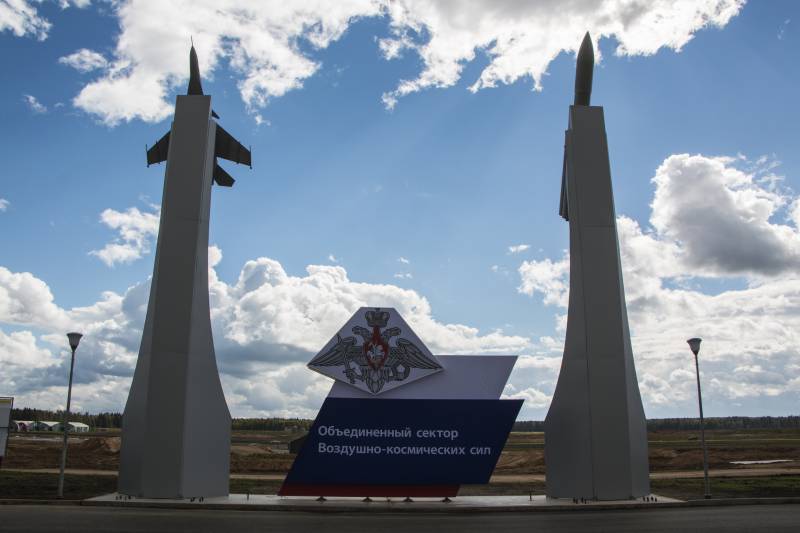
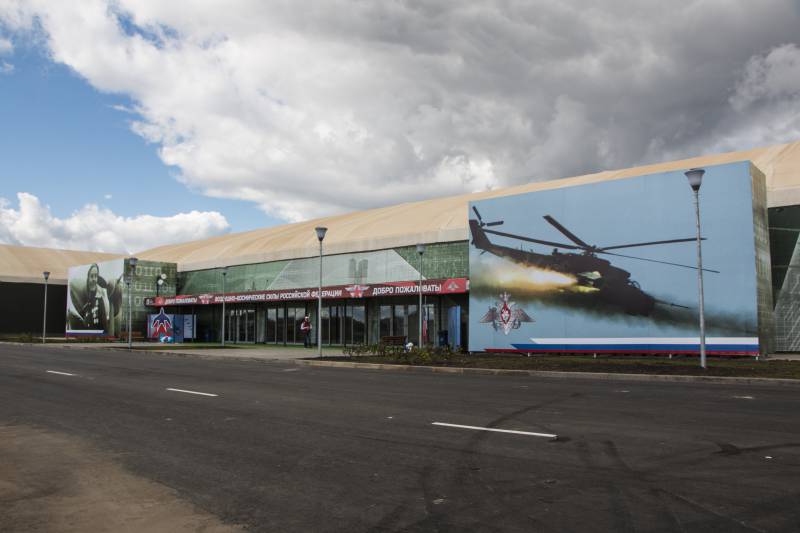
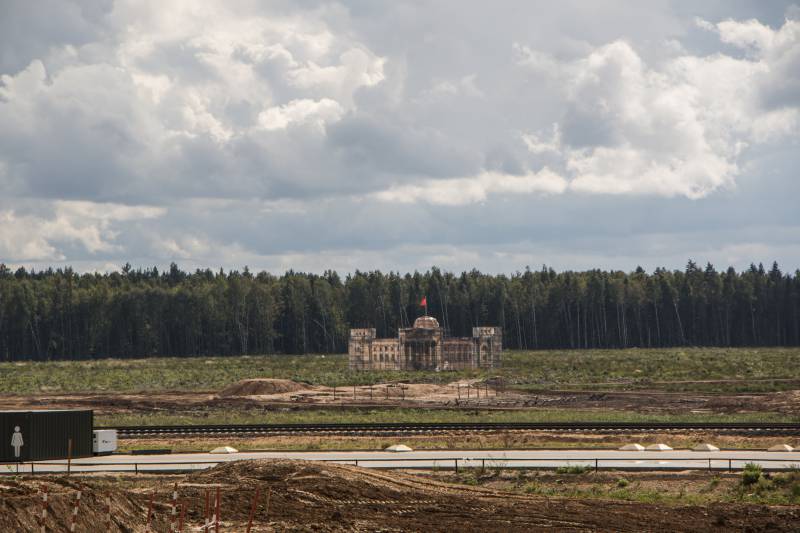
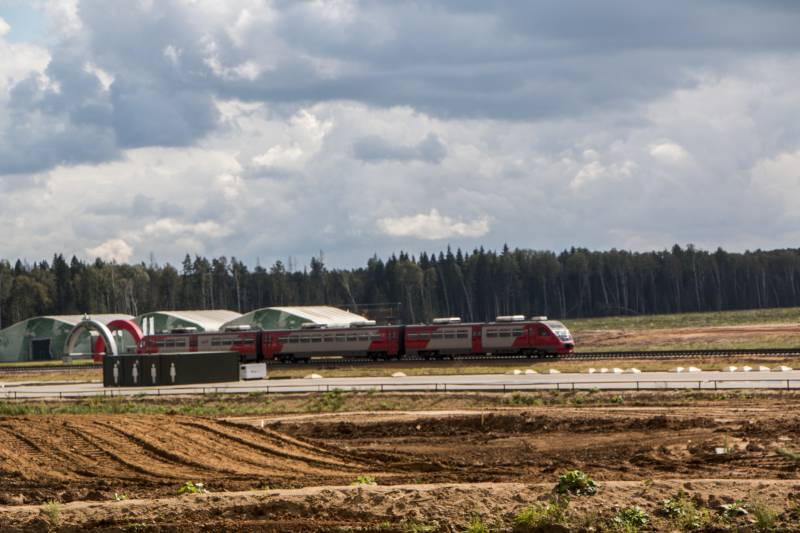
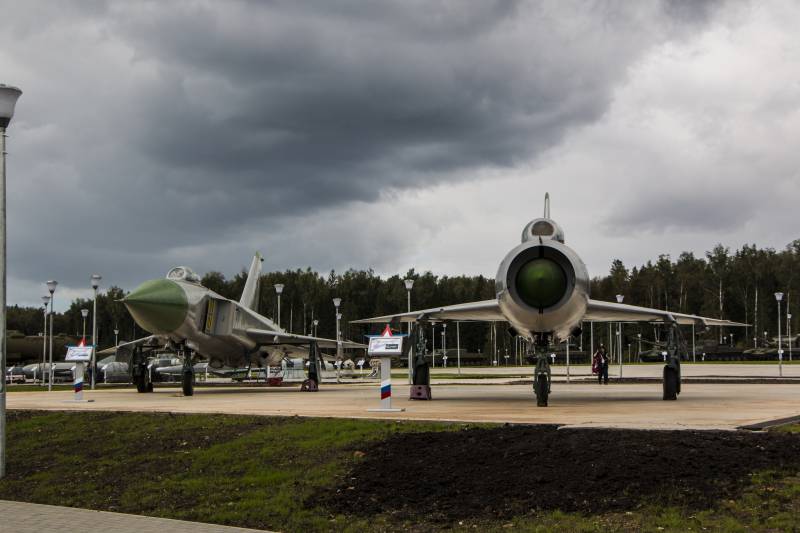
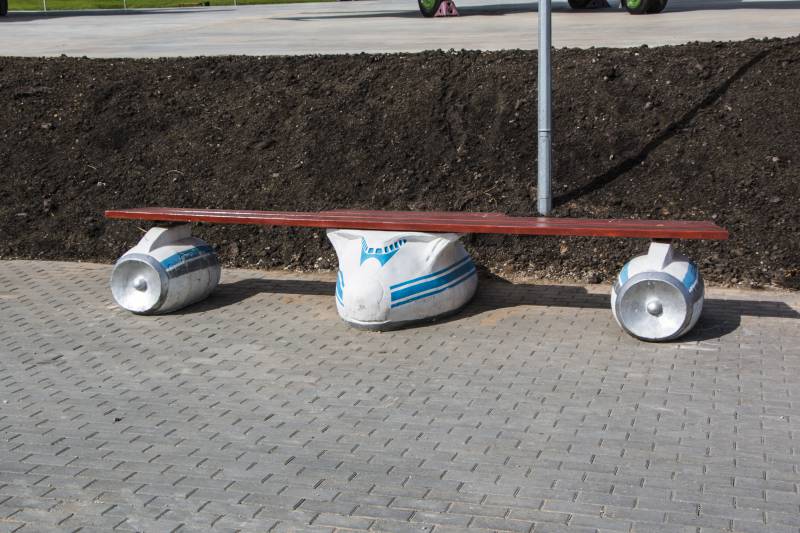
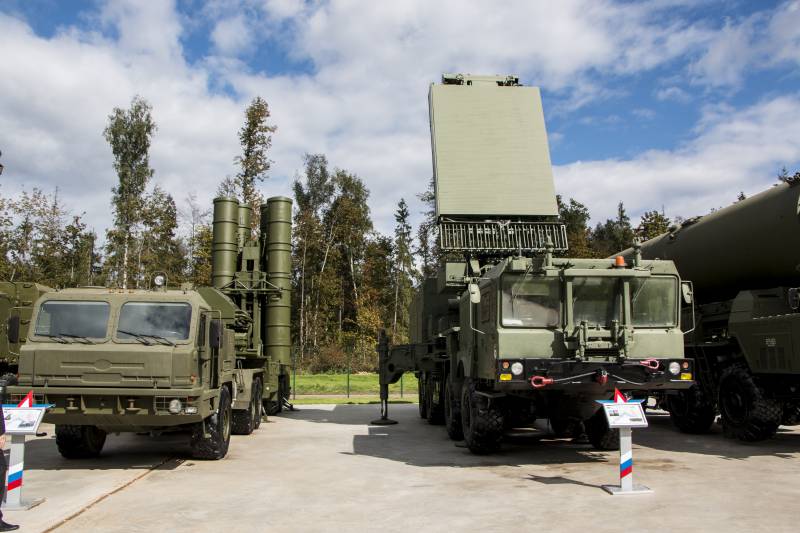
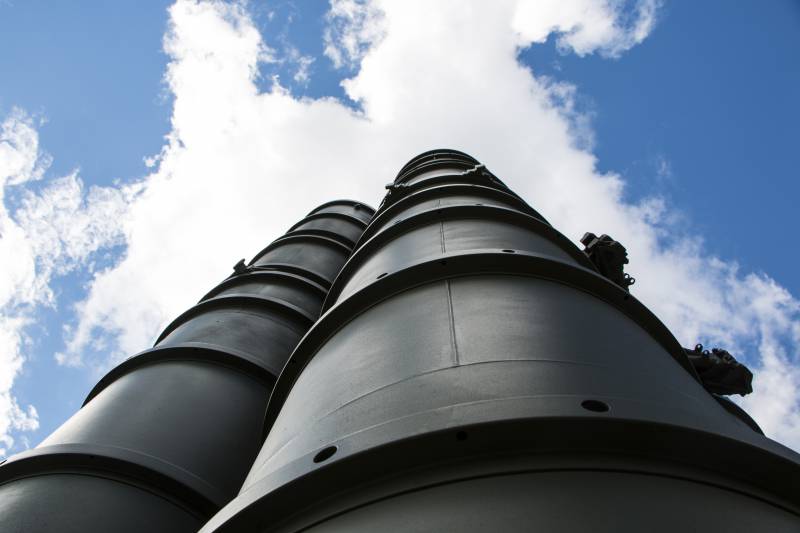
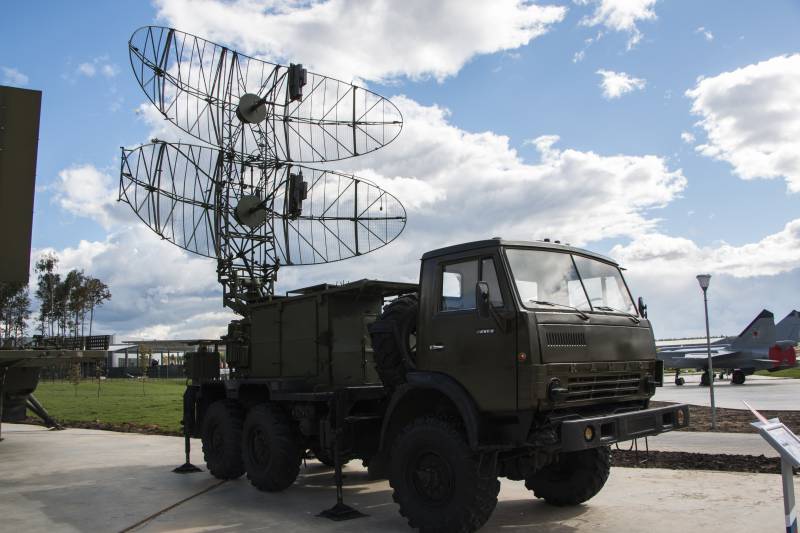
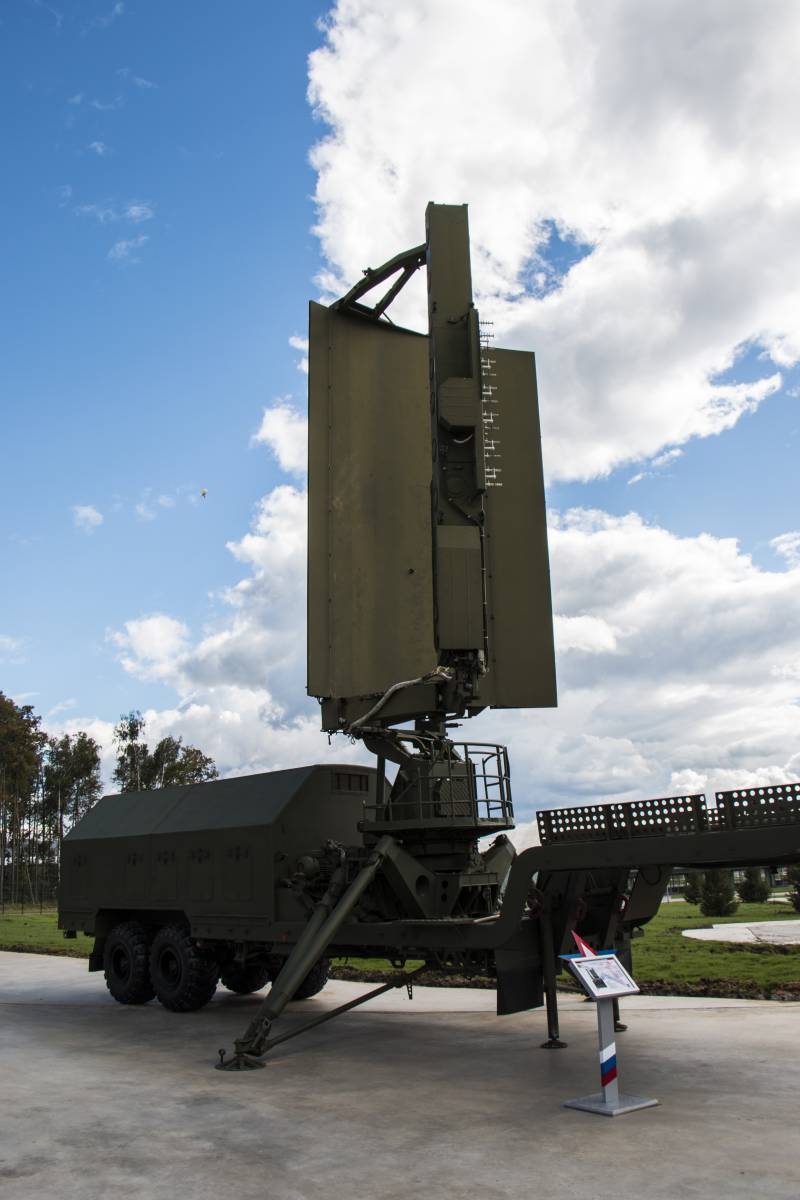
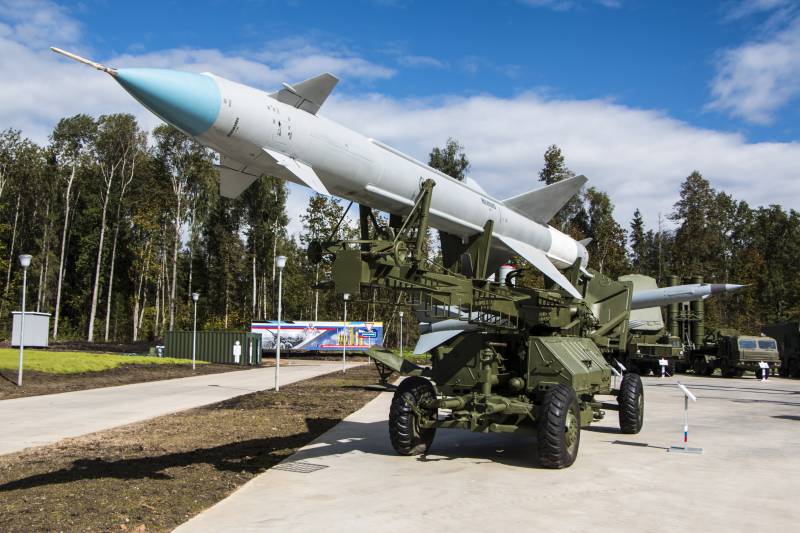
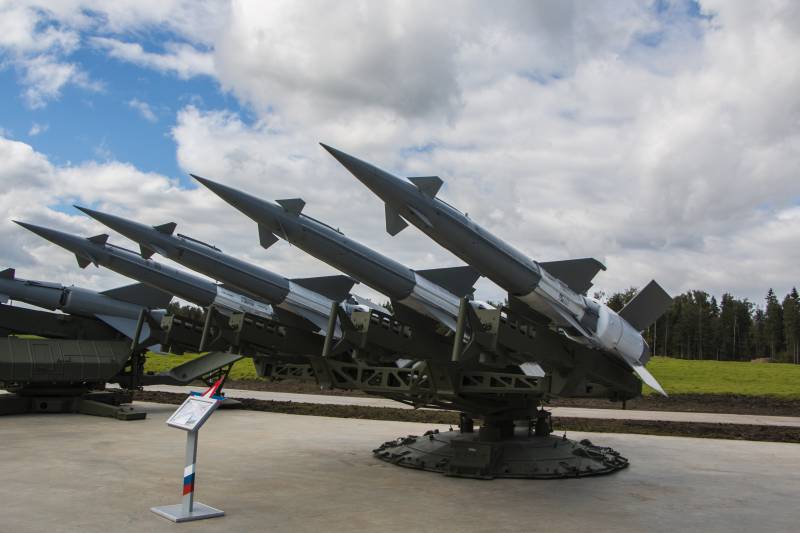
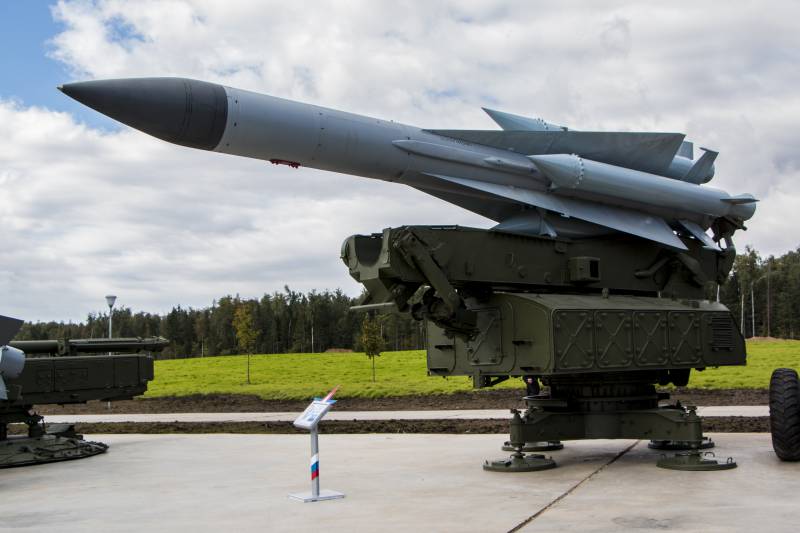
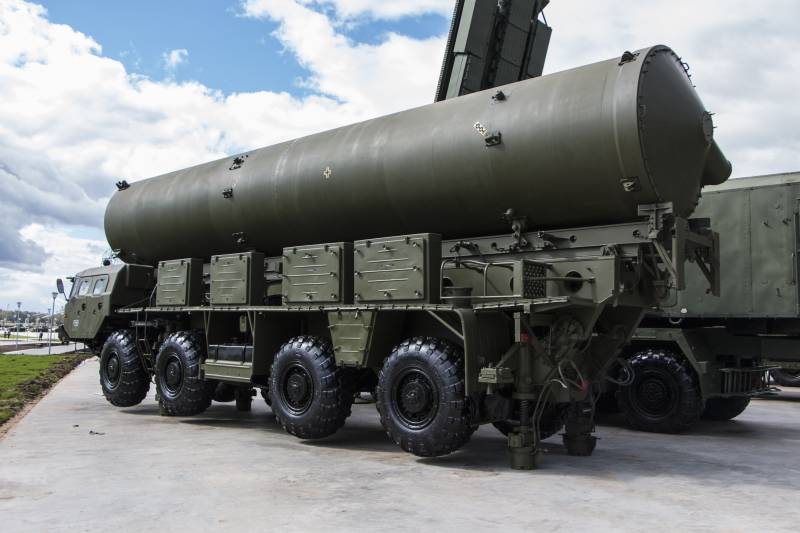
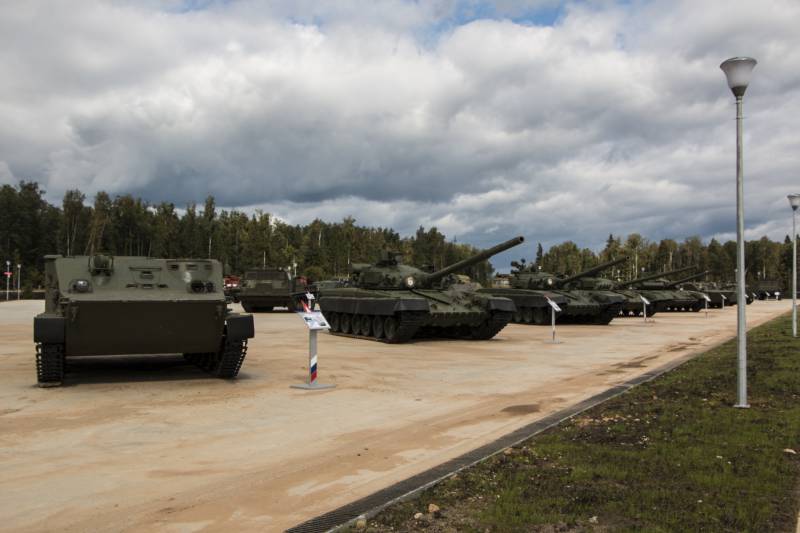
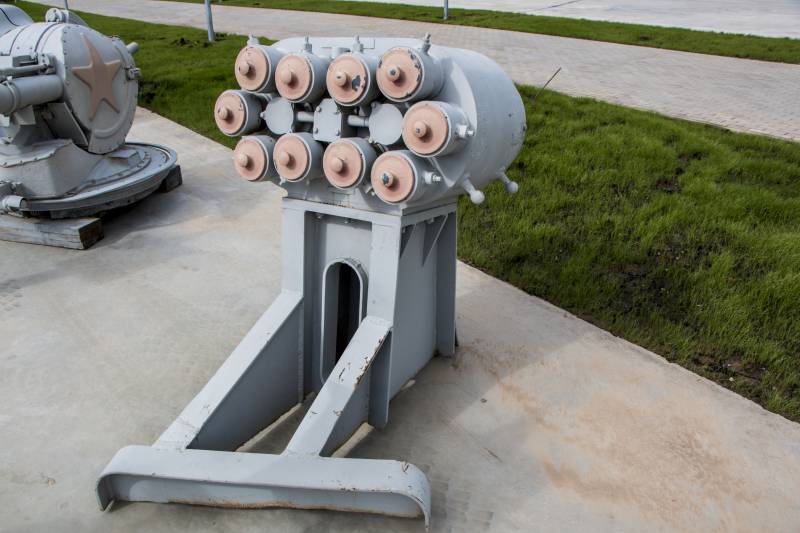
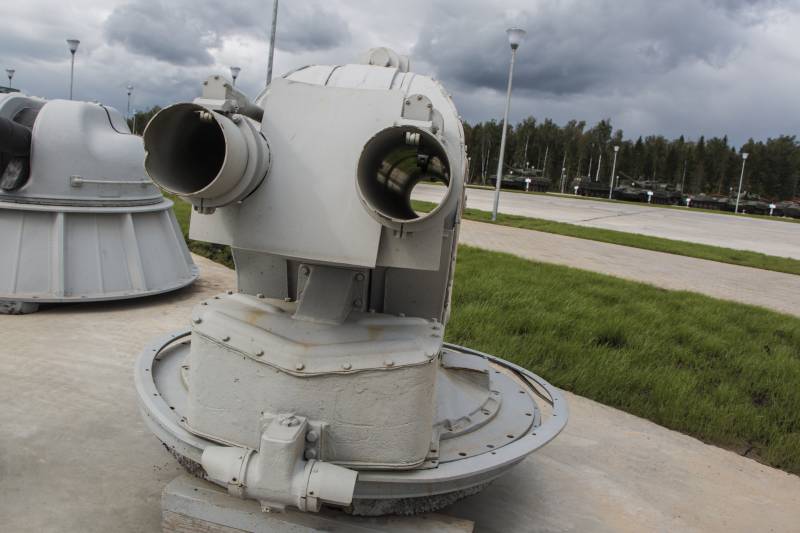
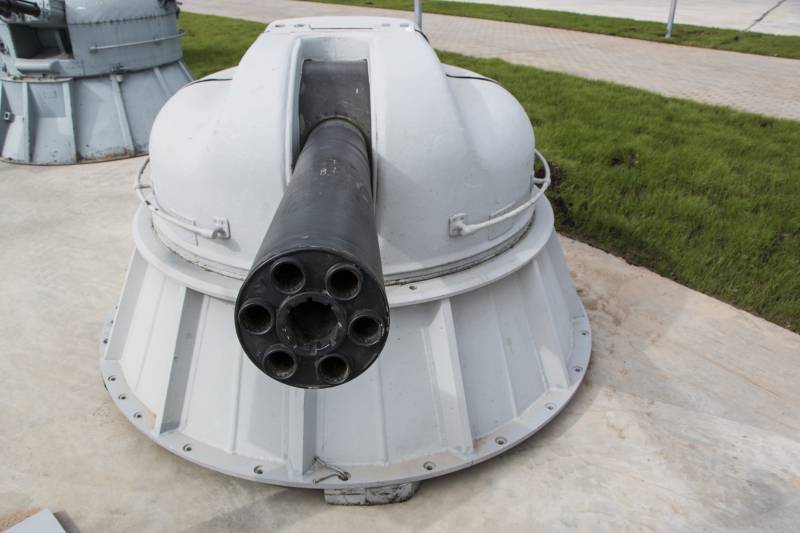
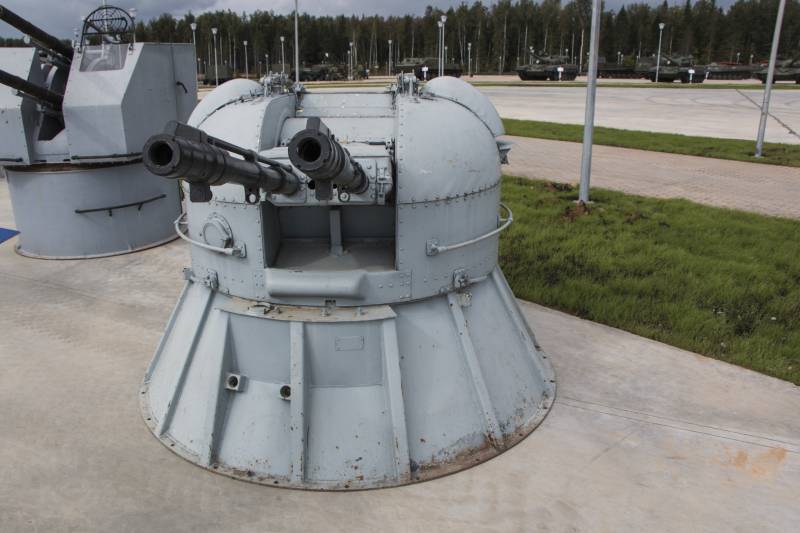
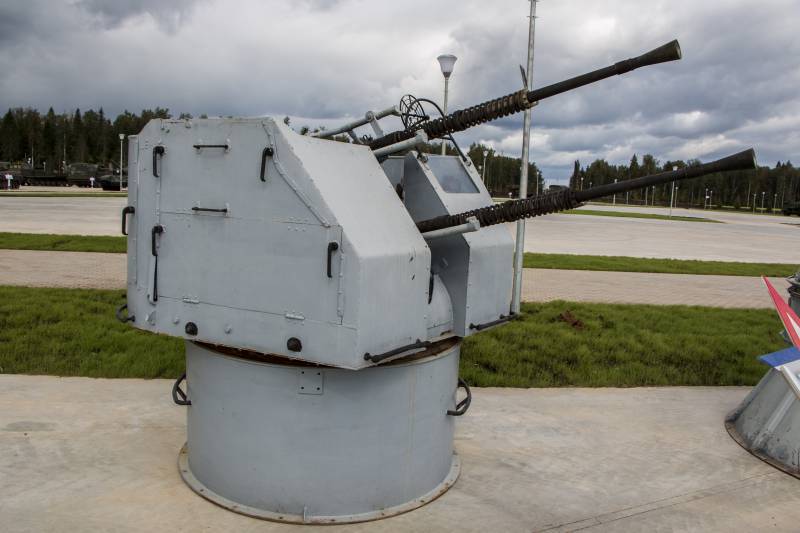
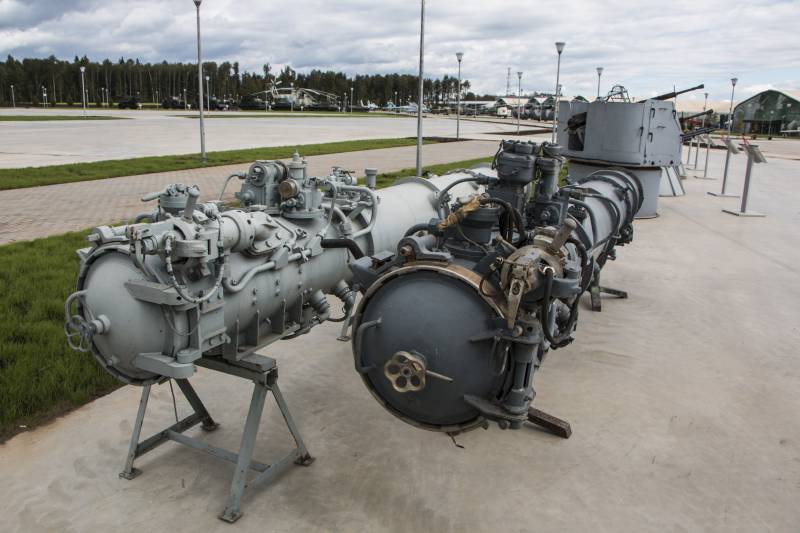
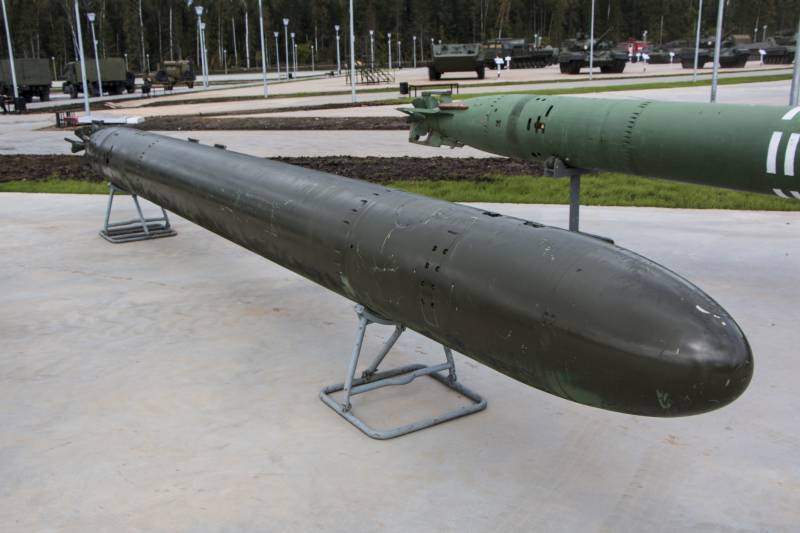
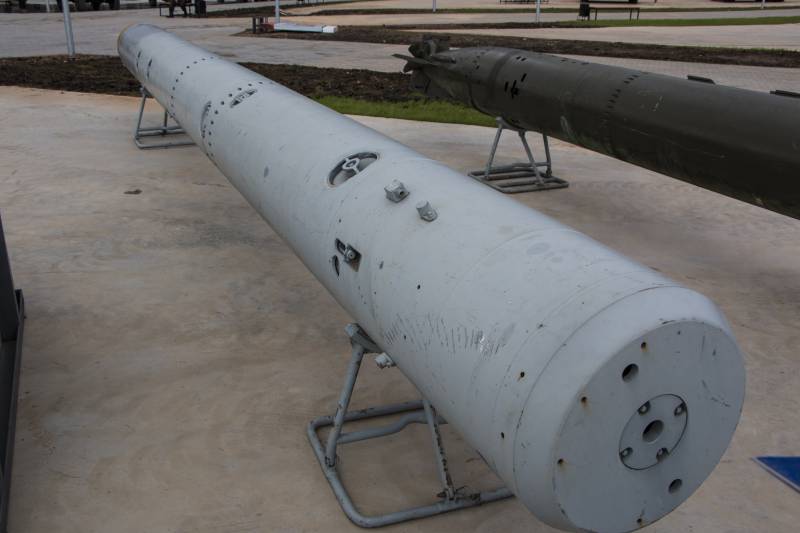
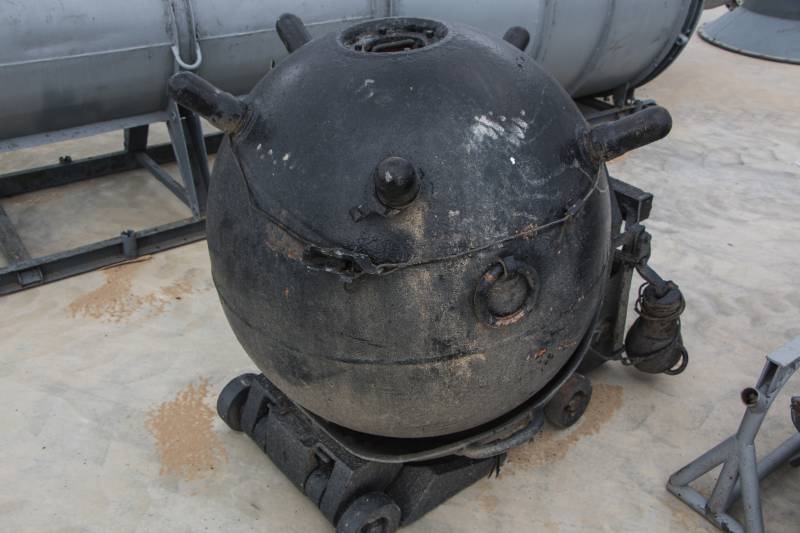
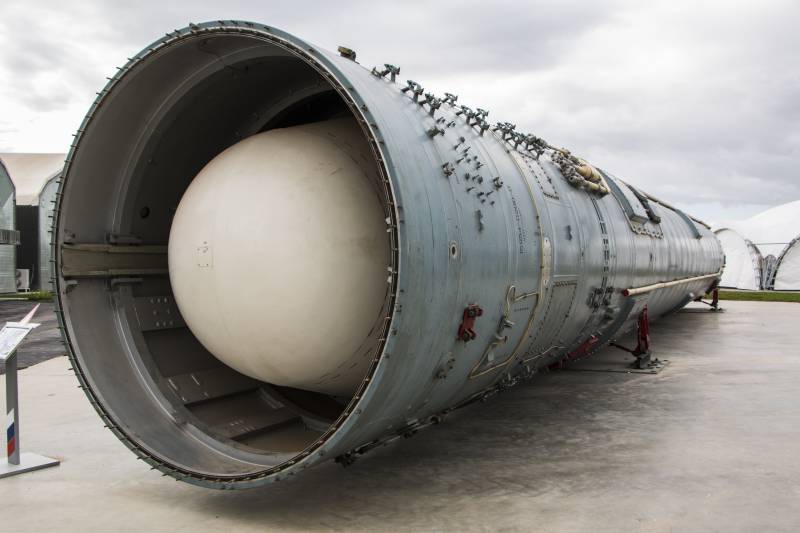
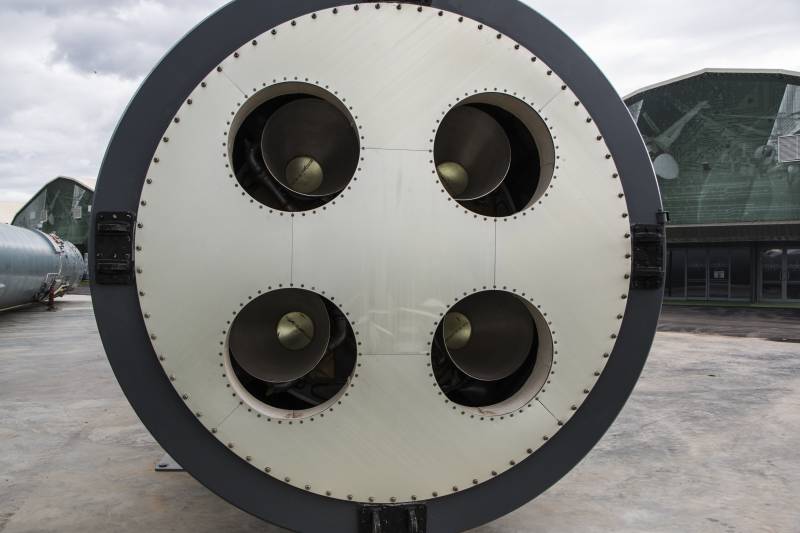
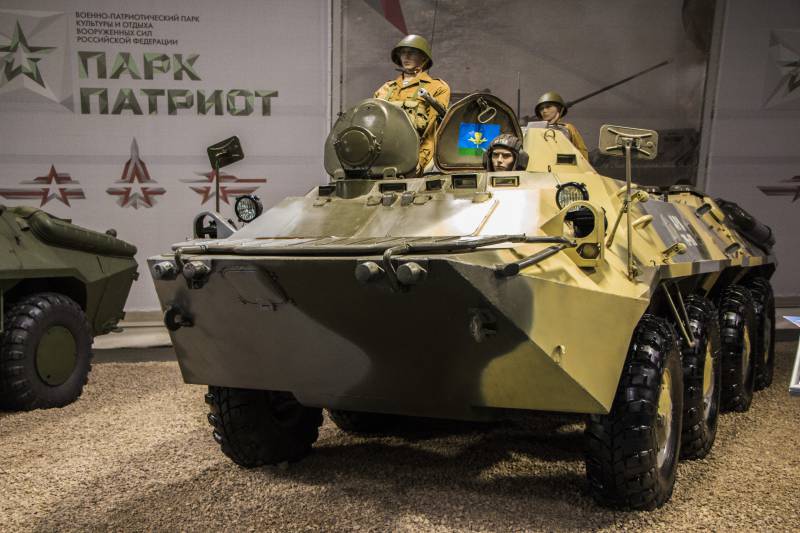
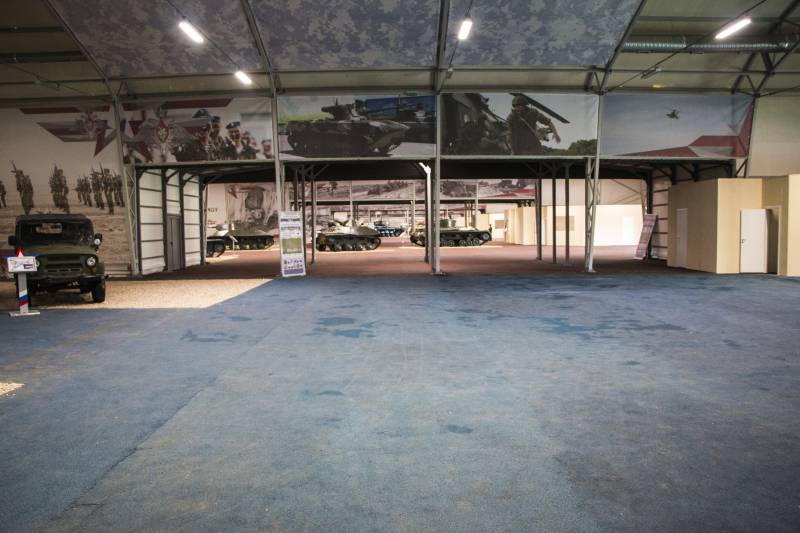
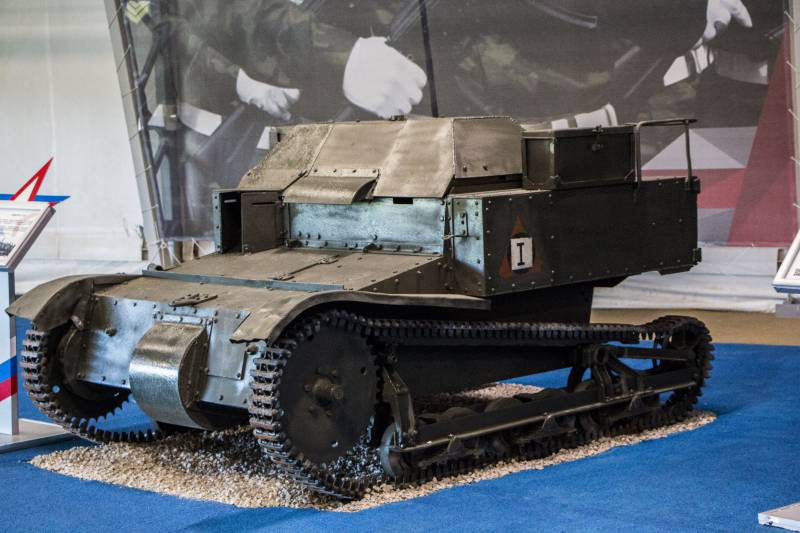
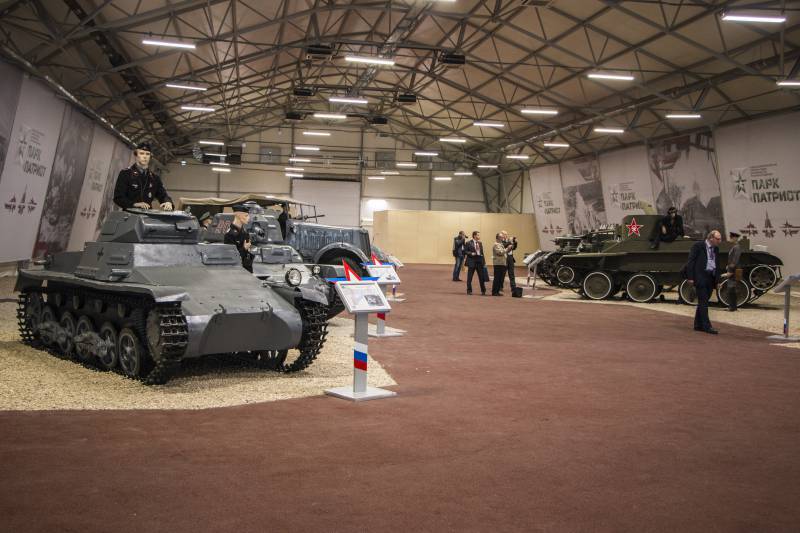
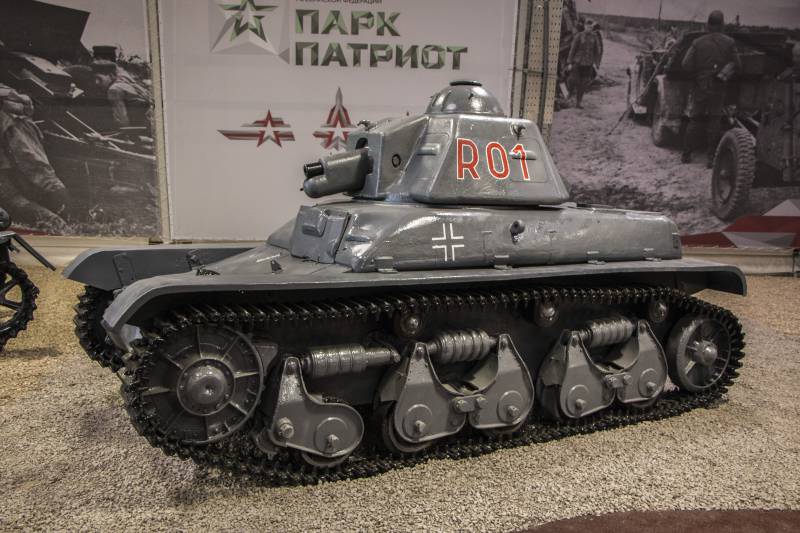
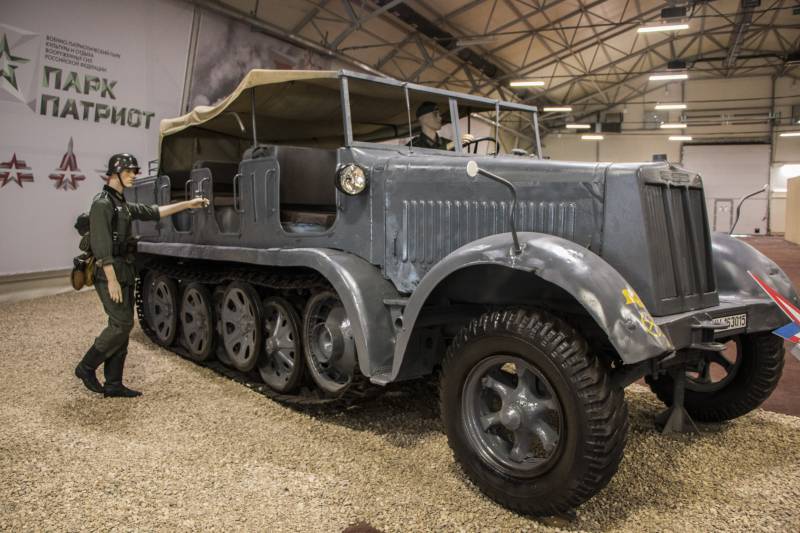
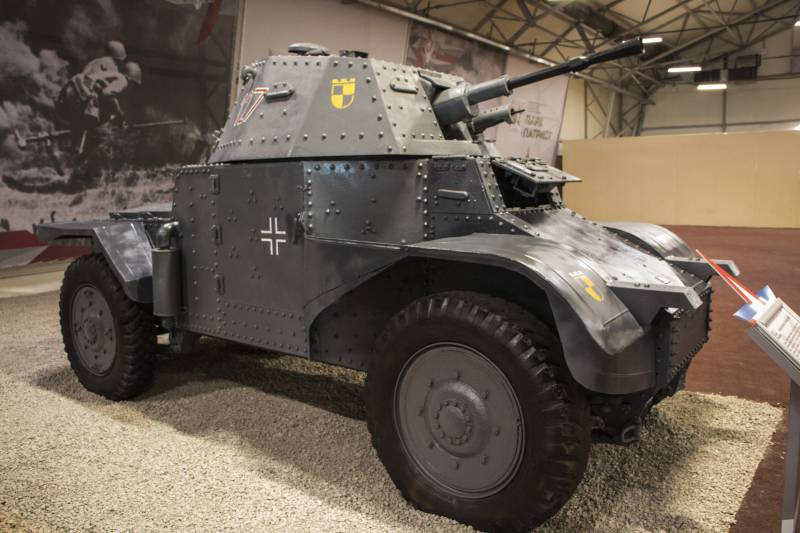
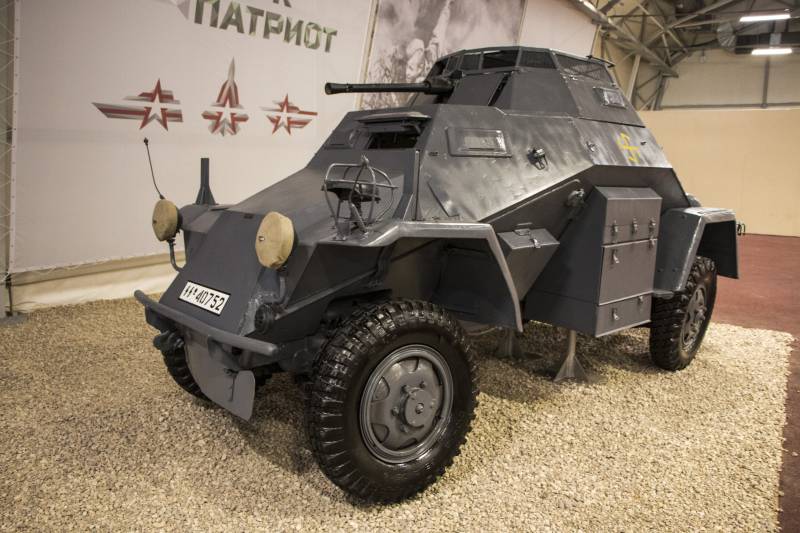
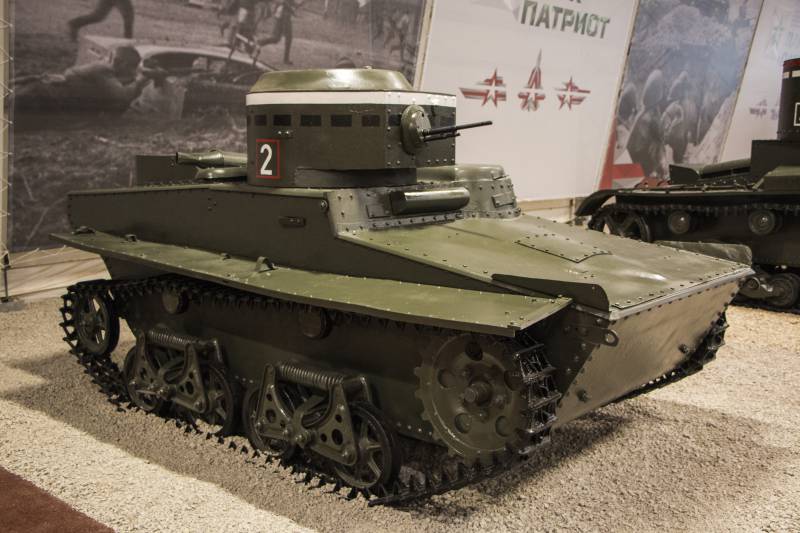
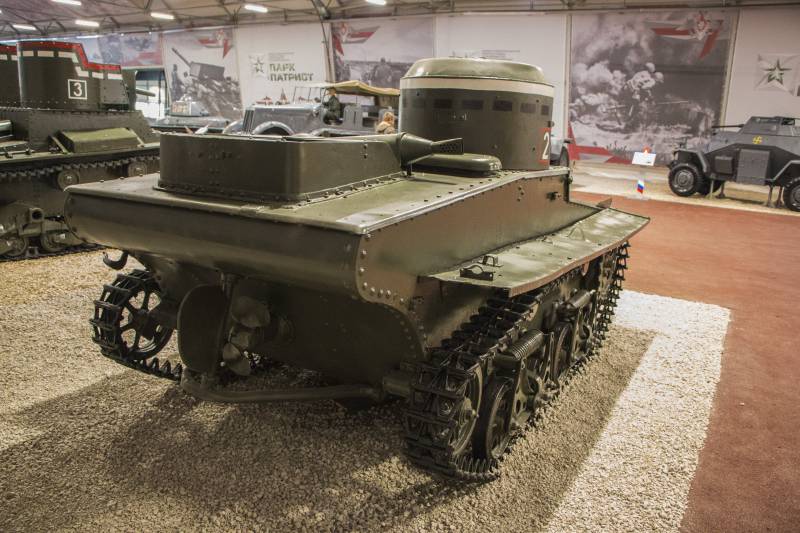
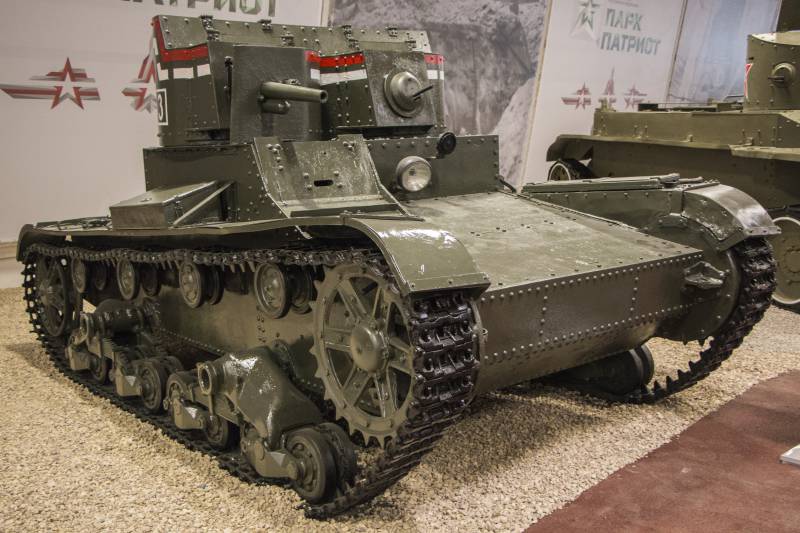
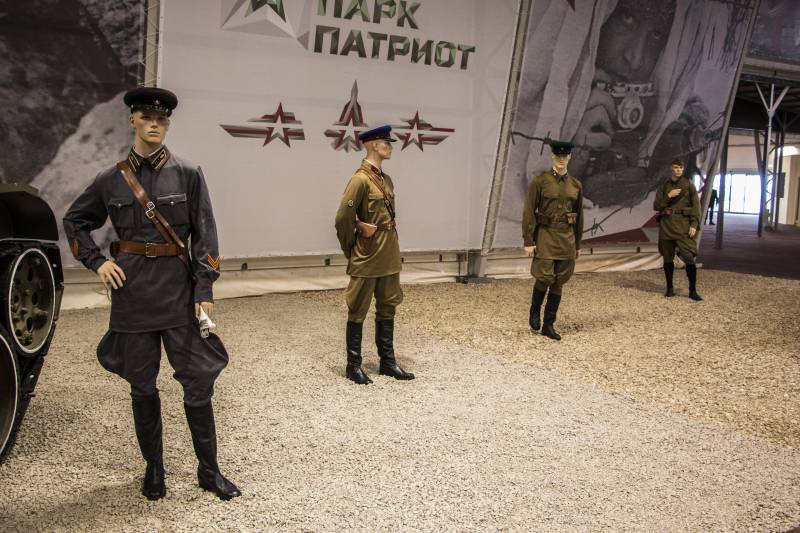
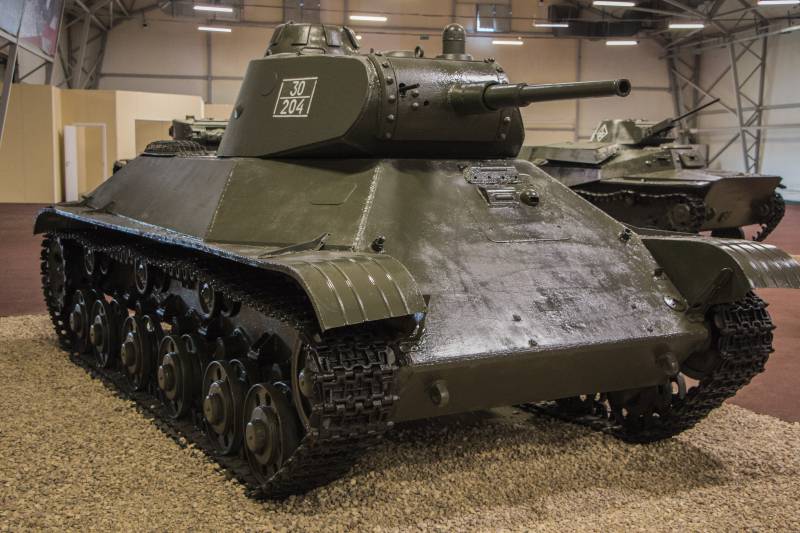
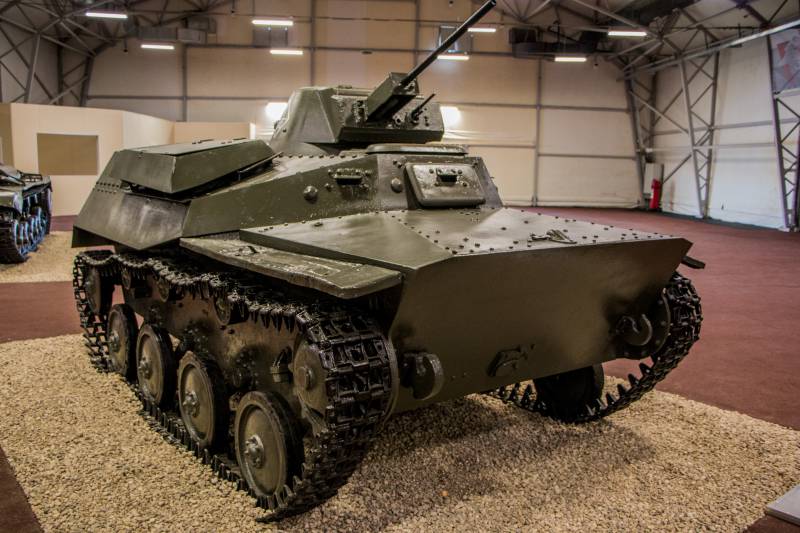
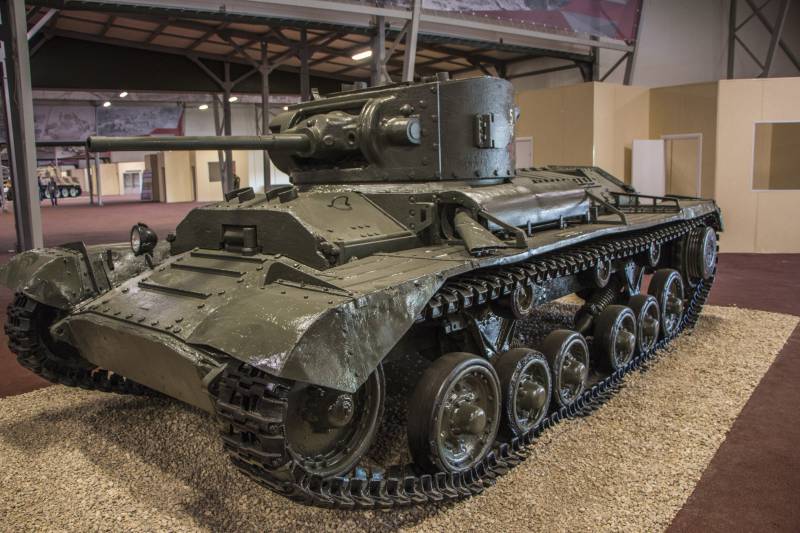
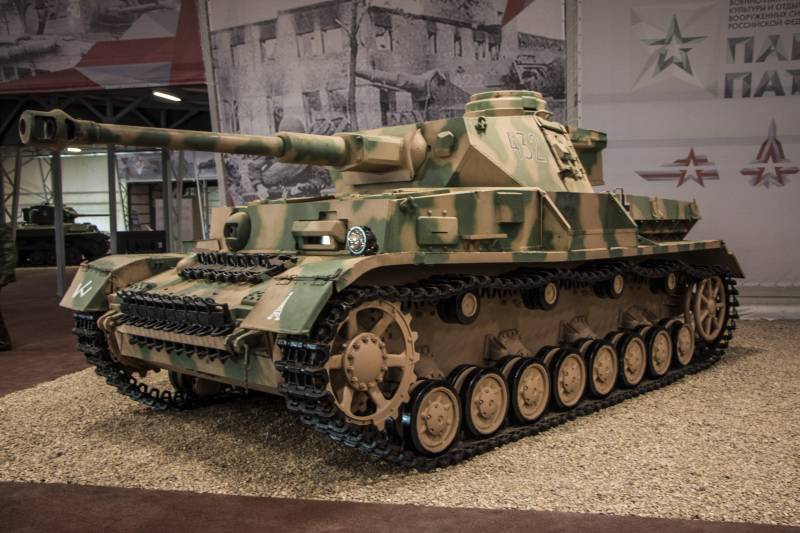
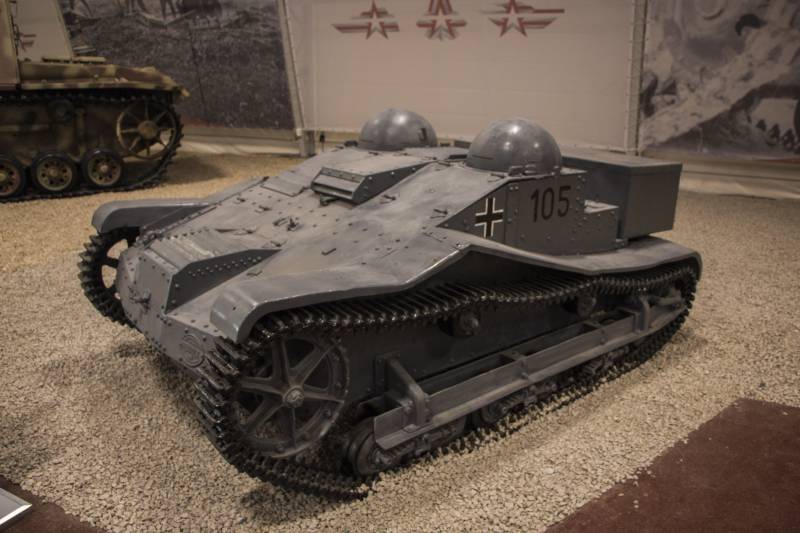
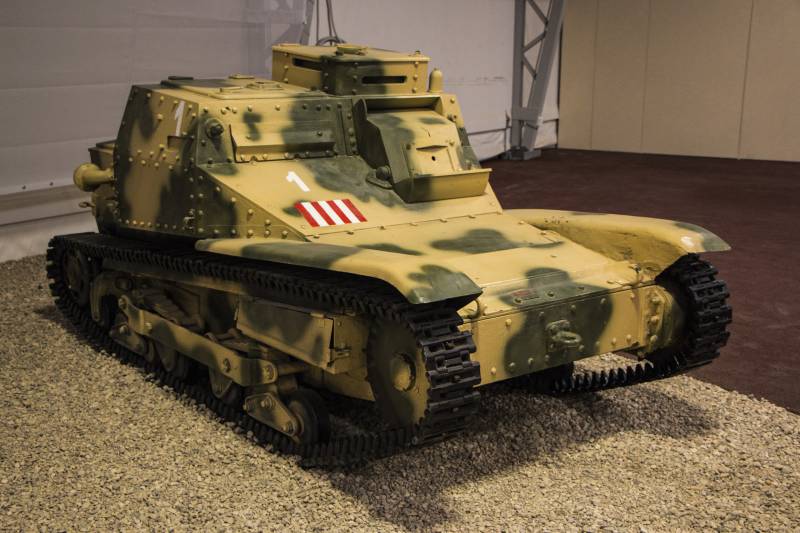
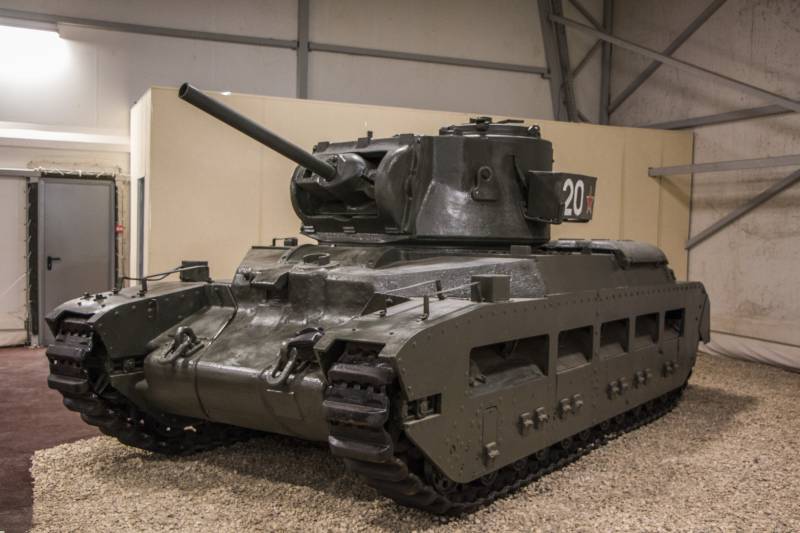
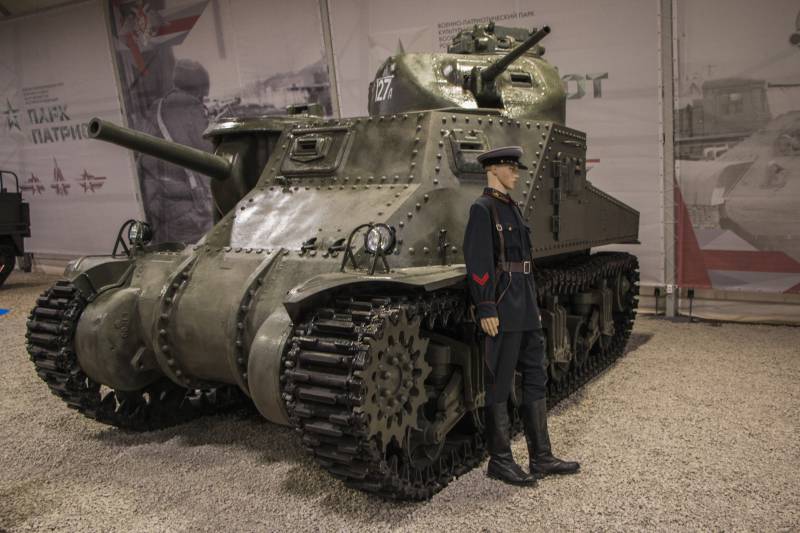
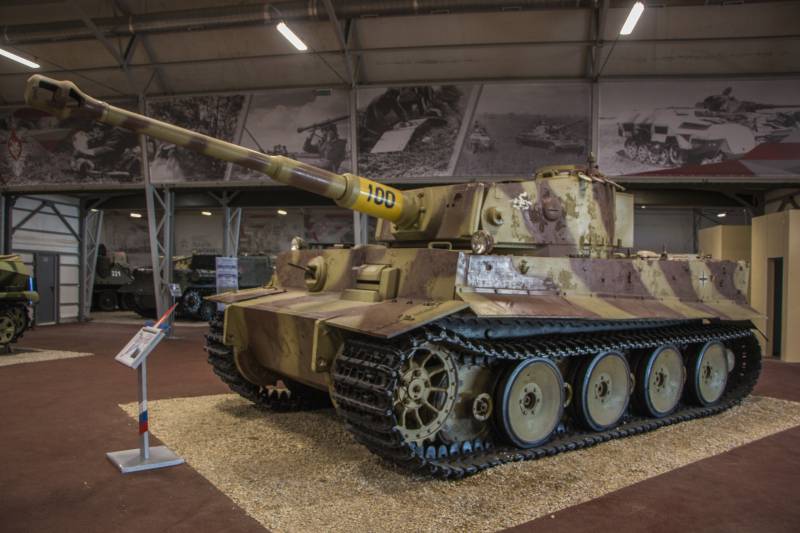
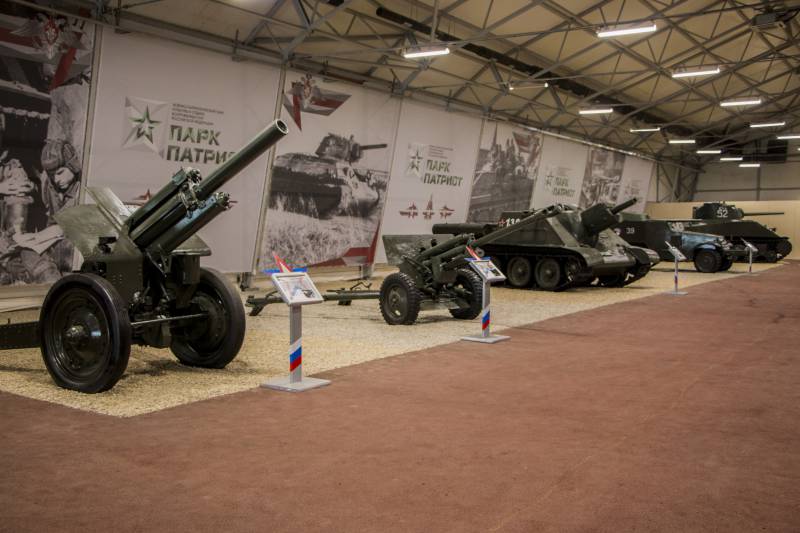
Information